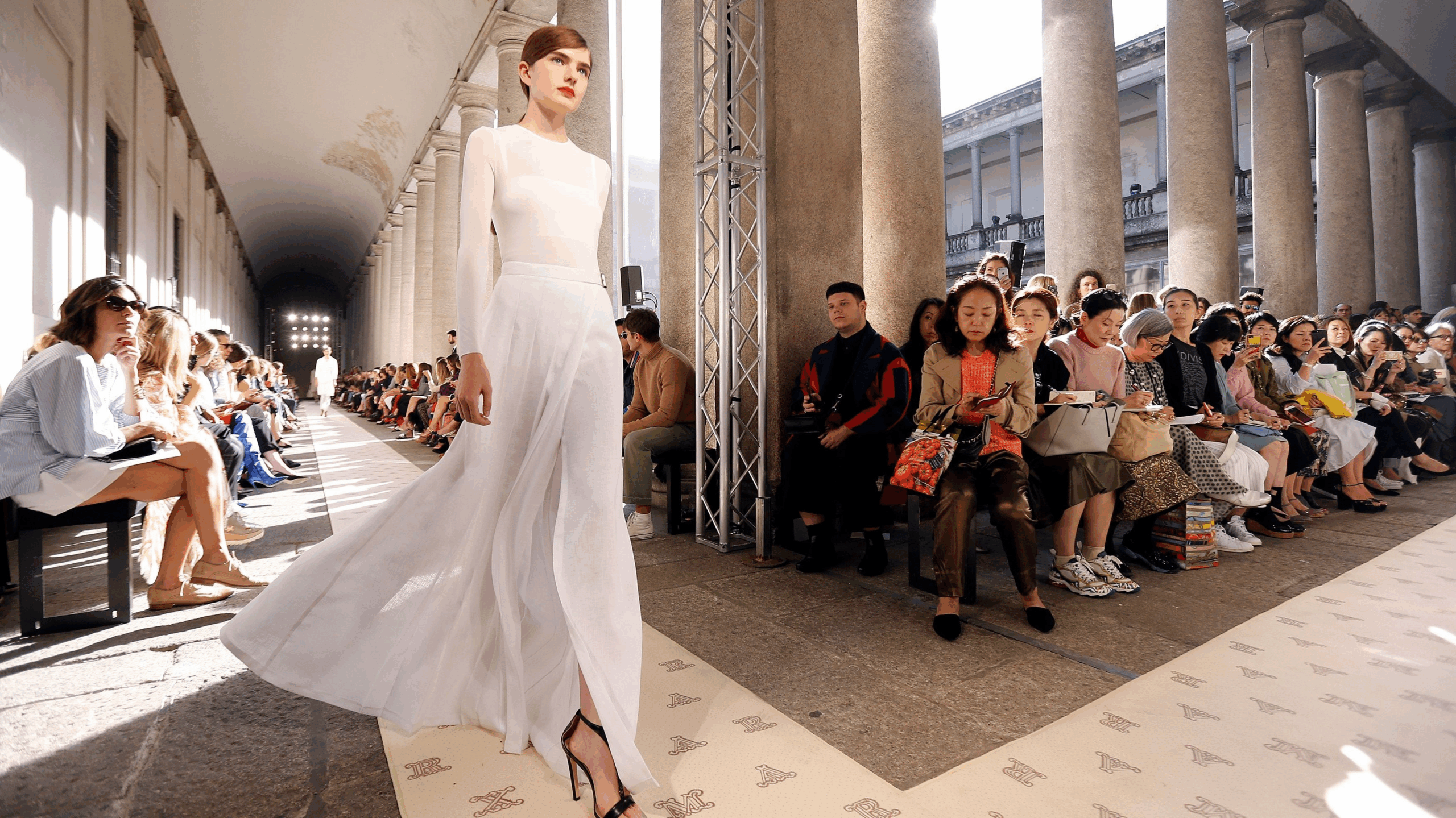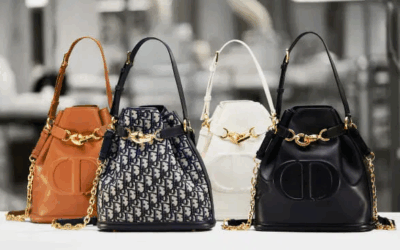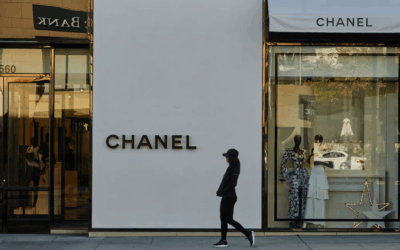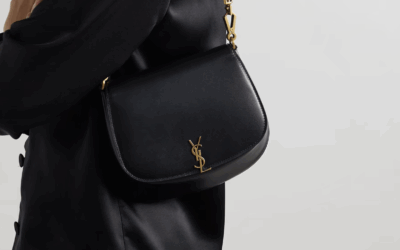 Embark on a Cosmic Journey Through the Paradoxes of Luxury and Dupes
Embark on a Cosmic Journey Through the Paradoxes of Luxury and Dupes
Luxury’s Other Side: The Truth Behind the ‘Made in Italy’ Promise
by Thea Elle | August 6, 2025 | Luxury Industrial Complex
“Made in Italy” has long evoked images of heritage, craftsmanship, and uncompromising quality. For decades, it set the global gold standard, justifying the high prices of luxury goods from brands like Loro Piana and Gucci. But a growing wave of investigations is casting doubt on that reputation. Behind polished storefronts and high-end campaigns lies a murkier reality—one built increasingly on subcontracted labor, undocumented workers, and surprisingly low production costs. As these revelations surface, a difficult question arises: Does the prestige of a label outweigh the hidden ethical toll? For a growing number of consumers, the answer is no.

The Human Cost Behind the Label
Italy’s luxury fashion empire is built on a system that exploits migrant labor. Beneath every designer tag lies a story of neglect, danger, and silence. In the Tuscan city of Prato, known globally for its fine textiles, a darker reality underpins the glamour of Italian fashion. Thousands of undocumented workers—mostly migrants from China and South Asia—are sewing garments for elite labels like GUCCI and LORO PIANA under grueling, often illegal conditions. Paid just three euros an hour, many live and work in the same overcrowded buildings, enduring 14-hour shifts without contracts, safety, or basic rights. Tragic accidents—fires, building collapses, and fatalities—have exposed the dangers they face daily.

While consumers believe they’re investing in heritage and craftsmanship, much of what they’re paying for sustains a system designed to hide exploitation behind layers of subcontracting. Luxury brands, though rarely directly implicated, benefit from keeping production costs low and accountability distant. Italian courts have begun placing some companies under oversight, not for committing abuses themselves, but for failing to prevent them.
Luxury or Just a Label?
A high-end bag priced at €2,000 might suggest masterful design and rare materials, but the production cost—typically between €50 and €100—tells another story. The steep markup is less about quality and more about perception, created through branding, exclusivity, and emotional appeal.
Explore New Arrivals Here

Luxury brands excel at storytelling, not necessarily transparency. They invest heavily in projecting heritage and scarcity, while the products themselves may come from the same supply chains as far less expensive items. As consumers begin to question the real value behind luxury, the narrative is shifting. More are realizing they may not be paying for better design, but for a name and a feeling carefully crafted by marketing.
Luxury That Looks Away
CELINE’s refined minimalism tells a story of elegance—no loud logos, no fuss. Just perfect lines and quiet confidence. But that calm exterior hides a deeper truth: undocumented workers, exploited in illegal factories, producing thousand-euro handbags for a few euros an hour.
What drives the price isn’t rare craftsmanship. It’s image. Brand prestige. Celebrity cachet. Storefront glamor. And while that illusion sells, the reality is kept in the shadows, where the people behind the product live and work, invisible and underpaid.
Choosing better doesn’t mean sacrificing taste. It means buying into fashion that respects both form and fairness. Because style should elevate, not exploit.

Spotlights and silk on the runway. But who pays the price for luxury?
Wearing Your Values
In a marketplace dominated by image, luxury brands like CELINE and others have mastered the art of selling silence. Their bags whisper sophistication—quiet logos, structured forms, and minimalist elegance. But that whisper masks a louder truth. In the workshops where these goods are made, undocumented workers—many of them migrants—are sewing for wages that barely cover food, let alone rent. Their lives are hidden behind curated storefronts and carefully filtered Instagram posts. The price of these products isn’t determined by materials or exceptional craftsmanship—it’s inflated by branding budgets, influencer partnerships, and the illusion of exclusivity. Consumers are paying not for what’s in their hands, but for what the brand represents. And often, that representation is based on fiction.
But fashion is shifting. As awareness spreads, consumers are beginning to demand more and more transparency, more accountability, and more respect for the people behind the product. Ethical fashion is no longer niche. It’s aspirational in a new way. It says: I care. I see the system. And I choose not to fuel it. Wearing your values doesn’t mean sacrificing aesthetics. It means recognizing that true style includes empathy, intention, and truth. In a world trained to look away, choosing to see is the most radical fashion statement you can make.
The Price of Perception
For decades, luxury has been positioned as the ultimate reward: sleek design, fine craftsmanship, and a price tag to prove its worth. But beneath that polished surface lies a complex system powered by labor that’s too often invisible and undervalued. Reports have exposed how many of these high-end goods are manufactured under harsh, exploitative conditions—sometimes within Europe’s borders.
That €2,000 bag isn’t expensive because it’s made with gold thread. It’s expensive because you’re paying for the aura of the brand—the marketing campaigns, the celebrity partnerships, the showroom lighting. The people who make the product, however, remain largely out of sight and out of mind. Their work is essential, but their lives are considered expendable. Now, more than ever, consumers are rethinking what luxury means. It’s not just about the final product—it’s about how it’s made, and by whom. In a market built on illusion, informed choice is becoming a form of resistance. And the most powerful luxury of all? Knowing exactly what your money supports.

Because Beauty Shouldn’t Cost Someone Else
As the fantasy surrounding luxury fashion wears thin, a better reality is coming into focus. You can have style without compromise—clean lines, rich materials, thoughtful details—without contributing to a system built on underpaid labor and brand manipulation. The new luxury is ethical, transparent, and deeply considered. It’s not about chasing a name. It’s about investing in value that’s real.
This shift isn’t about aesthetics versus ethics—it’s about realizing they can coexist. Choosing better means supporting designers and makers who respect both their craft and their people. It’s choosing a bag, a coat, or a pair of shoes that carry a clear conscience, not just a high price. That kind of decision isn’t loud, but it speaks volumes.




0 Comments